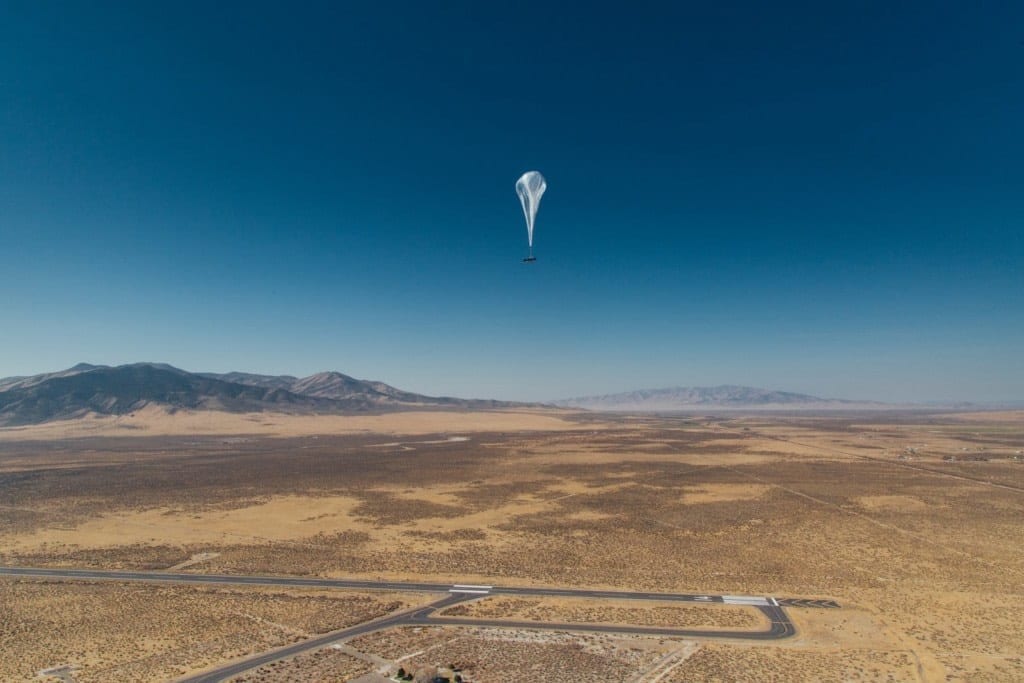
Researchers at Oregon State University have made an important fundamental advance in robotics
in work that should lead toward robots that not only can walk and run effectively, but use little energy in the process.
By achieving an optimal approach with robotic mechanisms, studies are moving closer to robots that could take on dangerous missions in the military, create prosthetic limbs for humans that work much better, or even help some people who use wheelchairs to gain “walking” abilities.
The newest findings from the Dynamic Robotics Laboratory at OSU are being presented at two conferences, including the IEEE Conference on Robotics and Automation.
The OSU research program has received a new $750,000 grant for its work from the Human Frontiers Science Program, administered through the National Science Foundation. Work to actually build a robot with some of the newest features should be completed by this summer.
“Researchers have been working toward robot locomotion for a long time based mostly on experience and intuition,” said Jonathan Hurst, an assistant professor of robotics and mechanical design at OSU. “What we’ve done is taken a step back to analyze the fundamental dynamics of the mechanical system, what behavior is really possible for a given robotic system. A rock can’t fly, no matter what software you write for it.
“This is an important advance and gives us a new foundation to tell what actually will and won’t work before we even try to build it,” he said.
Right now, most applications of robotics are done with machines working in a precise or controlled situation — picking something up off an assembly line, spot welding an automobile in an exact way thousands of times a day.
But in terms of locomotion, Hurst said, humans and other animals are a tough act to follow. Using limited energy, they can move easily over uneven terrain, and respond with a fascinating balance of muscles and tendons. They have different ways to deal with forces, such as holding something in place rigidly, or also responding to outside influences — like the delicate act of holding a cup of coffee level during a bumpy car ride.
Related articles by Zemanta
- dynamic robotics laboratory at OSU (designboom.com)
- Blog – Expanding Open-Source Robotics (technologyreview.com)
- iRobot Demonstrates Their Latest War Robot (spectrum.ieee.org)
- Willow Garage rolls out PR2 robots (news.cnet.com)
- Amazing Dog Robot from USC (shankrila.com)








![Reblog this post [with Zemanta]](http://img.zemanta.com/reblog_b.png?x-id=852ac22c-518f-4eb8-bab1-87c14155a768)

